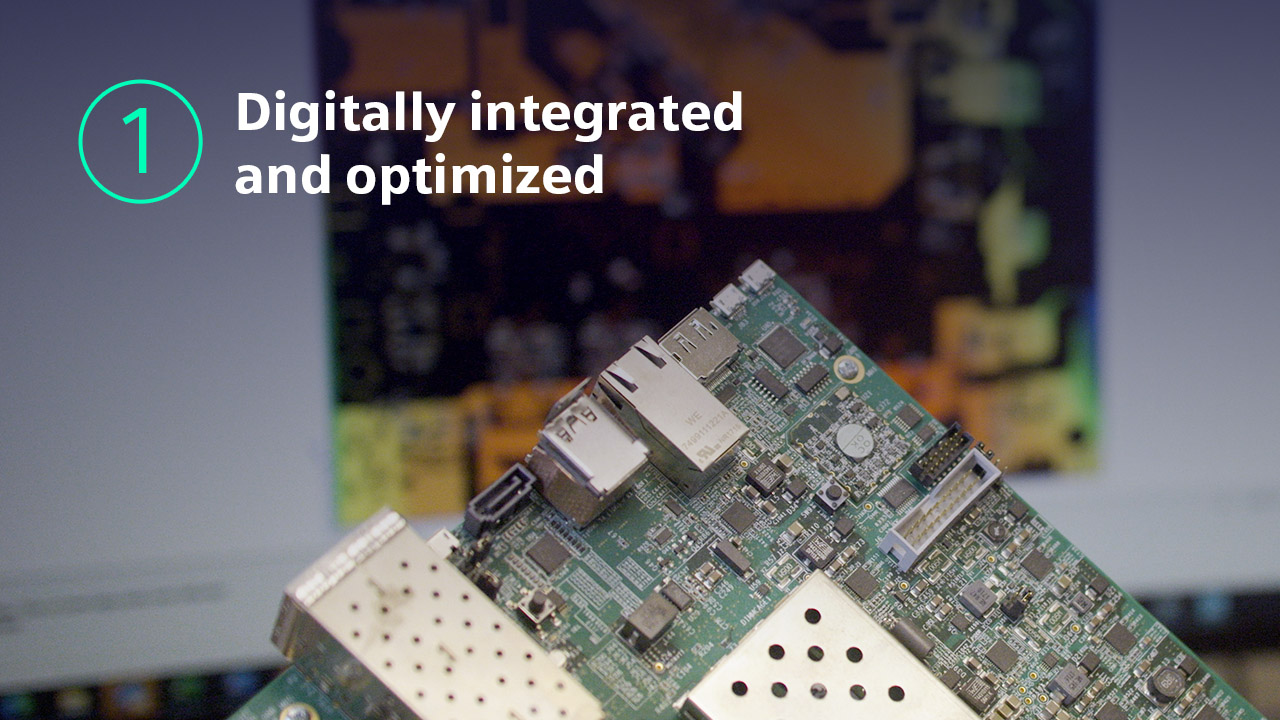PCB design best practices pillar 1: digitally integrated and optimized

As I outlined in my last blog, there are five pillars of PCB design best practices. The first one I am going to focus on is “Digitally integrated and optimized.”
A digitally integrated and optimized multidomain environment can enable secure, efficient, and concurrent designs across all engineering teams. Within a digitally integrated and optimized multidomain environment all engineering teams, including IC, IC packaging, FPGA and PCB design within electronics as well as mechanical and software, can optimize the cost associated with a project, accelerate design time, manage data integrity, and improve the quality of designs, ultimately breaking down barriers between engineering teams and other disciplines.
Being digitally integrated and optimized enables concurrent design within the electronic systems and into the overall product design flow, so that way companies can get to market quicker with better products. In turn, it drives increased productivity, it accelerates multidiscipline collaboration, and it improves visibility across different teams. It also supports early visibility on control of cost, resources, schedules, and helps manage risks.
Within this first pillar there are three PCB design best practices to highlight:
Electro-mechanical co-design
When we think about the PCB design best practices that fall into this pillar, the first one I want to start off with is the electro-mechanical (ECAD/MCAD) co-design. When we talk about best practices, the format that’s the latest and greatest right now is the IDX format for the ECAD/MCAD collaboration. We should look for a methodology that enables context based, integral collaboration between the domains and the disciplines. The value you’re going to get from that is that you have streamlined, integrated collaboration that minimizes the risk of errors during the data exchange. Read more about best practices for ECAD/MCAD collaboration in our next blog, where we will dive deeper into challenges, roadblocks and how to enable better collaboration.
Design and manufacturing collaboration
Another best practice to talk about is the collaboration between design and manufacturing and how those two disciplines are exchanging data. It should be bidirectional. By doing this, we enable lessons learned from manufacturing to be fed back into design. That bidirectional loop, or that data exchange, influences the design. To do this, we utilize intelligent data formats such as ODB++ and IPC-2581. These types of data formats enable intelligent communication from engineering to manufacturing. The value we gain is an optimized, integrated collaboration that minimizes errors during the data exchange, and it provides a continuous feedback loop of lessons learned back to design engineering. Read more about best practices for design/manufacturing collaboration in a standalone blog, where we will dive deeper into challenges, roadblocks and how to enable better collaboration.
Library and data management
Another best practice of this pillar is library and data management. And what I mean by that is, how are you controlling your data, whether it’s your library data or your actual IP? You want to establish internal guidelines, that way you have an internal set of guidelines and rules on how you’re going to do things. That way you’re consistent from project to project, and it also gives you a way to look back to see how you can optimize and be better as time goes on. Already establish industry standards – how you’re absorbing them or how you’re using them, because when we talk about different companies or even nowadays in the global world, you may not speak the same language, but the common language can be an industry standard. Read more about best practices for library and data management in a standalone blog, where we will dive deeper into challenges, roadblocks and how to enable better collaboration.
Digitally integrated and optimized
In conclusion, A digitally integrated and optimized multidomain environment can enable secure, efficient, and concurrent designs across all engineering teams, but you must take a look at best practices when it comes to electro-mechanical co-design, design/manufacturing, and library and data management.
As we continue along in this series I will zero in on each best practice within this pillar and provide examples of how to implement, address challenges and overcome roadblocks.
Thanks for following along and make sure to check out the full video on this best practices pillar here.


